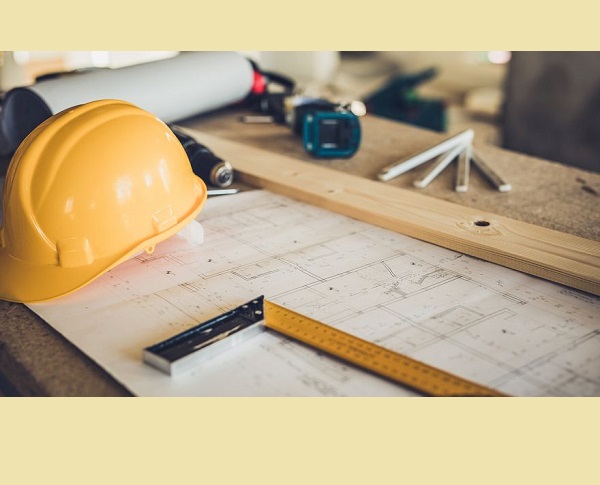Price: $19.99
Hazard and Risk Identification and Control
Standardized tests can be hard, but preparing for them doesn’t have to be. Our flexible schedules, engaging teachers, and structured curriculum make preparing for the CHST convenient and stress-free. Enroll Today!
Course Modules - (31)
Our hazard identification
and control training program is an easy to understand course designed specially
keeping in mind the needs of a person who is new in the construction sector. It
consists of 20 modules in total. Through our hazard identification and control
training, participants will obtain insight into the best methods for
identifying and controlling hazards ranging from normal electrical hazards to
potential hazards associated with working at elevations or in confined spaces.
Learning Outcomes:
- One of the primary benefits of online OSHA training is its flexibility and convenience. study at your own pace, making it an ideal choice for those with busy schedules
Completion Requirements:
- 100% appearance for the course
- Fully involvement in all class trainings (determined by instructor)
- Completion of Continuing Education and Training Registration Form
- Completion of mandatory quiz assessments
- As applicable, attainment of least passing score on required end-of-course examination
- Participation and submittal of end-of-course assessment form (must provide name on form to obtain credit)


